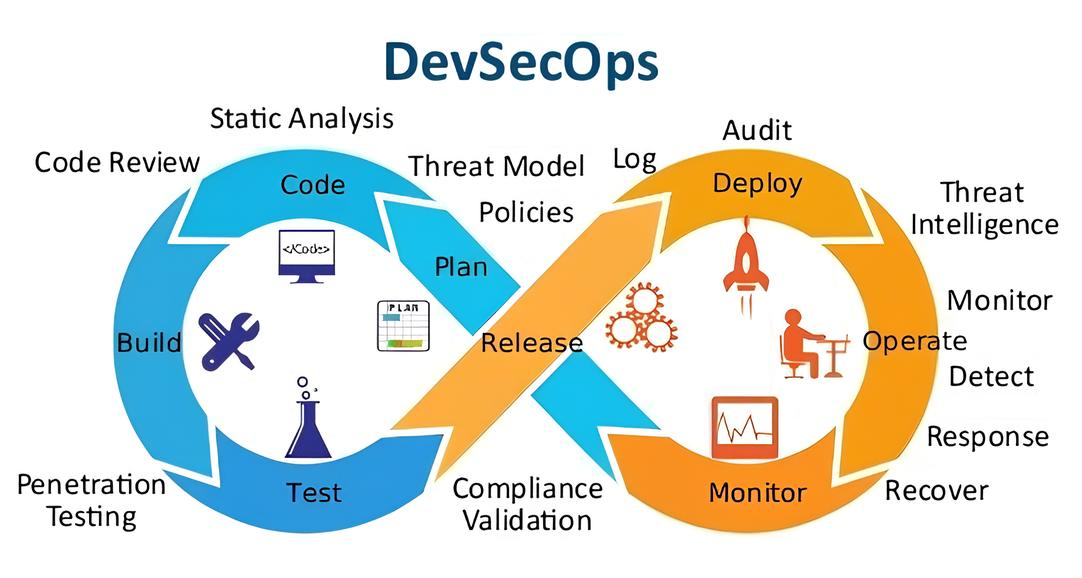
n the dynamic world of technology, platform engineering has become a fundamental discipline for achieving operational excellence and scalability. For senior engineering and DevOps leaders, mastering the core pillars of platform engineering is essential to drive efficiency, foster innovation, and maintain a competitive edge. This blog post explores the six key pillars of platform engineering: Security, Infrastructure as Code (IAC), Continuous Integration and Continuous Deployment (CICD), Orchestration, Observability, and Connectivity. We’ll provide insights and strategies to help you lead your teams effectively.
Platform engineering is the strategic framework that transforms complexity into simplicity, enabling innovation, scalability, and resilience in every layer of technology.n
1. Security
Security is the bedrock of platform engineering. Ensuring that your platform is secure protects both your organization and its users. This pillar involves:
- Proactive Security Measures: Integrating security practices throughout the development lifecycle (DevSecOps).
- Compliance Automation: Ensuring adherence to industry standards and regulations.
- Monitoring and Auditing: Continuously monitoring systems for vulnerabilities and maintaining comprehensive audit trails.
Strategy for Leaders: Cultivate a security-first culture within your organization. Implement security best practices and integrate automated security checks into your CI/CD pipelines. Regular security training and simulations will help prepare your team to handle potential threats effectively.
2. Infrastructure as Code (IAC)
Infrastructure as Code (IAC) allows for the automated management and provisioning of technology infrastructure through code, making your infrastructure more reliable and scalable. This pillar includes:
- Automation: Reducing manual intervention by automating infrastructure setup and management.
- Version Control: Using code repositories to manage infrastructure configurations.
- Scalability: Enabling dynamic scaling of infrastructure resources.
Strategy for Leaders: Encourage your teams to adopt IAC tools such as Terraform or AWS CloudFormation. Implement version control for all infrastructure code to ensure consistency and track changes. Automation through IAC can significantly enhance operational efficiency and reduce errors.
3. Continuous Integration and Continuous Deployment (CICD)
CICD practices are essential for delivering software quickly and reliably. This pillar focuses on:
- Automated Testing: Ensuring that all code changes are automatically tested.
- Deployment Pipelines: Streamlining the process of deploying code to production.
- Continuous Feedback: Providing rapid feedback to developers on code quality and deployment status.
Strategy for Leaders: Invest in robust CICD tools such as Jenkins, GitLab CI, or CircleCI. Ensure that your pipelines are efficient and reliable, reducing the time from code commit to deployment. Regularly review and optimize your CICD processes to keep them aligned with your team’s needs.
4. Orchestration
Orchestration involves managing and automating the deployment, scaling, and operation of application containers. This pillar includes:
- Container Management: Using tools like Kubernetes to manage containerized applications.
- Resource Allocation: Efficiently allocating resources to ensure optimal performance.
- Automated Workflows: Automating complex workflows and dependencies.
Strategy for Leaders: Adopt container orchestration platforms like Kubernetes to manage your containerized applications. Implement automated workflows to handle complex tasks and dependencies, ensuring that your applications run smoothly and efficiently. Orchestration can greatly improve resource utilization and operational agility.
5. Observability
Observability is crucial for understanding the health and performance of your platform. This pillar involves:
- Monitoring: Tracking system performance, application metrics, and user behavior.
- Alerting: Setting up alerts for critical issues to enable rapid response.
- Logging and Tracing: Collecting and analyzing logs and traces to diagnose problems.
Strategy for Leaders: Implement comprehensive observability tools like Prometheus, Grafana, or ELK Stack. Ensure that your monitoring covers all critical aspects of your systems and that alerts are configured for rapid response to issues. Use logs and traces to gain insights into system behavior and improve reliability.
6. Connectivity
Connectivity ensures that all components of your platform can communicate effectively. This pillar focuses on:
- Network Configuration: Setting up and managing networks to ensure seamless communication.
- APIs and Integrations: Facilitating communication between different services and systems.
- Data Flow Management: Ensuring efficient and secure data transfer across the platform.
Strategy for Leaders: Invest in robust network infrastructure and ensure that your network configuration is optimized for performance and security. Encourage the use of APIs and integrations to facilitate communication between different services. Implement data flow management practices to ensure efficient and secure data transfer.
Conclusion
Platform engineering is a multifaceted discipline that requires a strategic approach and a deep understanding of various technical and organizational aspects. By focusing on the six pillars—Security, IAC, CICD, Orchestration, Observability, and Connectivity—senior engineering and DevOps leaders can build robust, efficient, and innovative platforms. Embrace these principles to drive your organization towards operational excellence and sustained growth.

